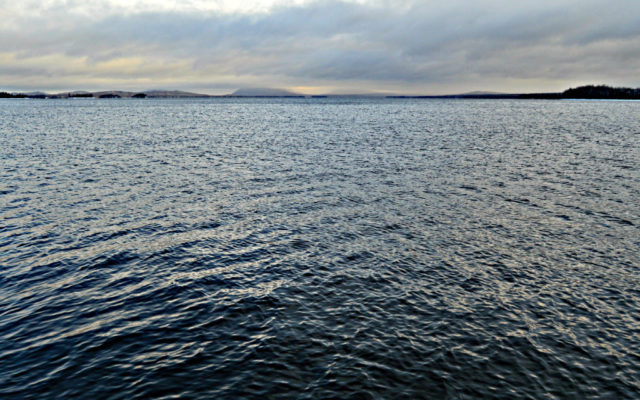
Moosehead Lake Region fishing report
By Tim Obrey, Moosehead Lake Region regional fisheries supervisor
I’ve mentioned in previous fishing reports that we developed a management plan for Moosehead Lake back in the 1990s with the assistance from a public stakeholder’s group. The plan includes objectives for catch rates, angler use, growth, etc. These indices are good indicators of the quality of the lake’s fishery.
There’s always room for improvement but it really seems like the fishery is firing on all cylinders right now. For the most part, we are meeting or exceeding our objectives across the board. Catch rates for our three major gamefish are good and we are seeing some quality-sized fish every week of the fishing season.
We are encouraging anglers to harvest more of the smaller togue that they catch. Since we’ve dropped the regulations back to the 5-fish limit from the no size or bag limit, we’ve seen an increase in the voluntary release rate for those togue under 18 inches. We’re not at the point where we can justify going back to no size or bag on those fish because that will result in a significant purge.It worked great in 2008-10 when we had a large surplus of small togue that had been building for about 20 years. We’re not at that level now, but there are some surplus fish. Think of it as preventative medicine. We just want to encourage anglers to take a few more of those smaller togue that they are catching and can harvest legally under the current regulations.
For those anglers that frequent the lake in the winter, you know we are out there every weekend gathering catch data, length and weight data, occasionally taking advantage of your BBQ, and yes, the ever-popular fish cleaning service. We remove stomachs from fish that are not frozen so we can examine the contents in the lab. This is one of the methods we use to track smelt abundance. We have decades of data for comparison. Currently, our smelt population is very strong. This is good news for the immediate future for bigger, fatter fish.
This past November, we were again out on the lake checking on the shore-spawning sites for those massive brook trout. We were very pleased to see all the previously identified sites occupied with these big fish. It’s truly impressive. We saw one male brook trout with an old radio tag. This fish would have been tagged in the fall of 2020 and is still returning to his old stomping grounds. He is likely a very old fish. The closure of the Lily Bay area combined with the lake-wide protective slot limit has ensured these big trout will be around for a long time.
There is one area that has our attention and that is the wild brook trout fishery in the lake and the rivers. While we still see plenty of those big trophy brook trout in the lake, there was a decline in catch rates overall for brook trout in 2022 and 2023. The catch rates rebounded in 2024, but it bears watching. The brook trout catch rates in the lake have fluctuated greatly in the past and they did bounce back this year. But we’ve also seen a decline in the Roach River brook trout catch rates over the past four years and that is uncommon. The brook trout fishery has been consistently good in the river.
At the same time, we’ve seen an increase in the smallmouth bass catch rates in the lake, especially in the Spencer Bay area. Coincidence? Perhaps. We’ll have to see what our staffing levels are like next fall, but it may be time for a status check and operate the weir on the Roach River this September and maybe Socatean Stream in the near future to compare the runs with past results. In the meantime, there is no size or bag limit on smallmouth bass in the lake. They are an illegally introduced invasive fish. We encourage anglers to remove each and every one of them from the state’s largest wild brook trout lake. We’ll never fully eliminate bass through angler harvest, but you may save a few wild brook trout fry cruising the shoreline after hatching in the spring.